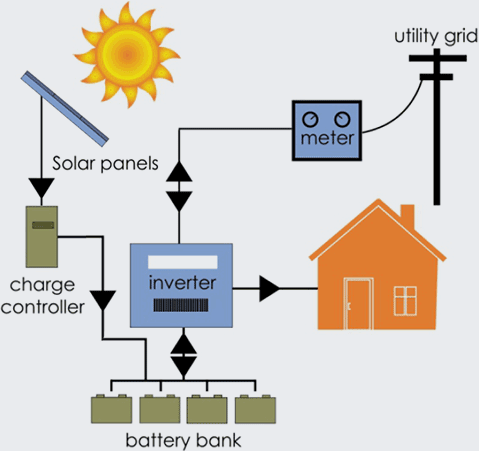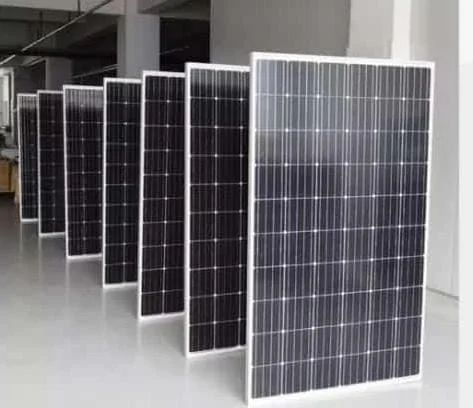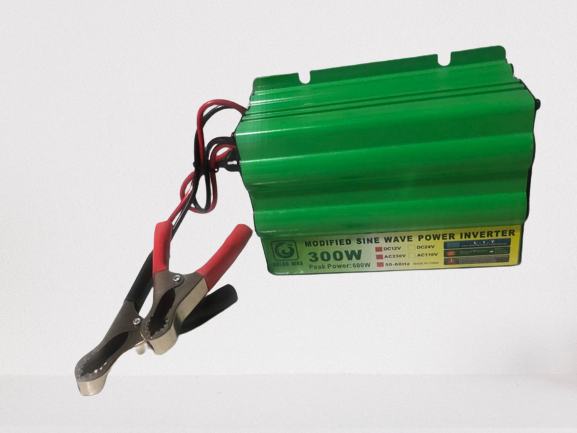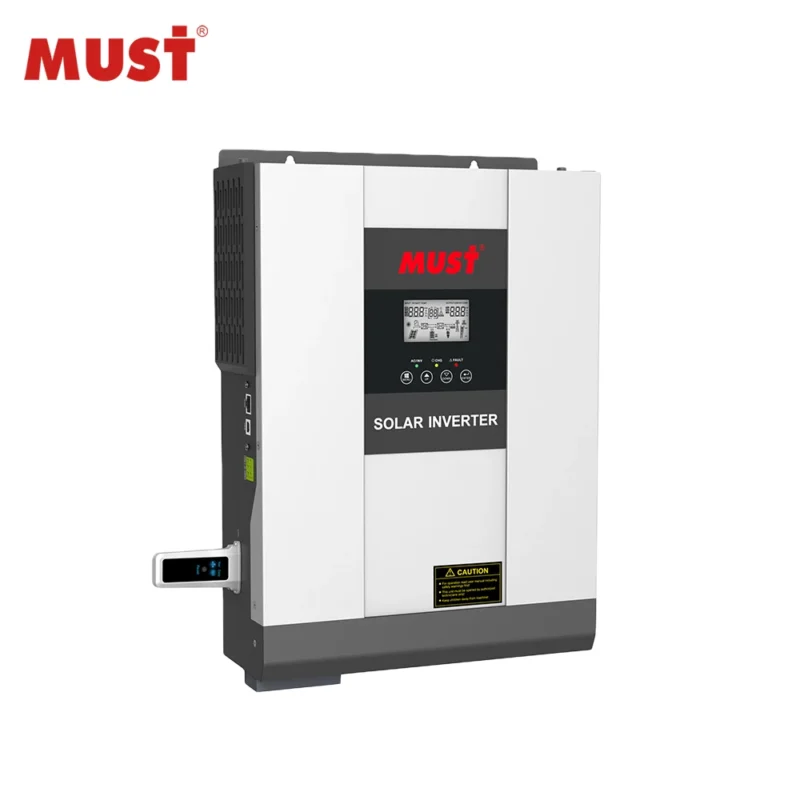A Guide to Complete Solar Power Systems

Introduction
Solar power systems are an innovative technology designed to convert sunlight into electrical energy. As the world shifts towards sustainable energy solutions, solar power has emerged as one of the most viable and eco-friendly options available. By harnessing the sun’s energy through photovoltaic cells, these systems provide a renewable source of power that can be used for both residential and commercial purposes. The increasing popularity of solar power can be attributed to several factors, including its environmental benefits, cost-effectiveness, and the growing awareness of the need for sustainable energy sources.
This guide aims to provide a comprehensive understanding of solar power systems, exploring their components, benefits, and the overall process of transitioning to solar energy. By delving into the specifics, we can better appreciate why solar power is not just a trend, but a necessary evolution towards a sustainable future.“`html
Benefits of Using Solar Power
Solar power systems offer a multitude of benefits, making them an attractive option for both residential and commercial applications.
- One of the most significant advantages is the renewable nature of solar energy. Unlike fossil fuels, which are finite and contribute to environmental degradation, solar energy harnesses the power of the sun, a virtually limitless resource. This shift to renewable energy significantly reduces our carbon footprint, mitigating the adverse effects of climate change.
- From a financial perspective, investing in a solar power system can lead to substantial savings on energy bills. By generating your own electricity, you reduce or even eliminate your dependence on grid power, thus lowering your monthly utility costs. Additionally, many governments offer tax incentives, rebates, and other financial incentives to encourage the adoption of solar energy, further enhancing the cost-effectiveness of the investment.
- Another noteworthy benefit is the potential increase in property value. Homes equipped with solar power systems are often seen as more attractive in the real estate market due to their energy efficiency and lower operating costs. This can lead to higher resale values and quicker sales times.
- Maintenance costs for solar power systems are relatively low compared to other energy sources. Once installed, these systems require minimal upkeep, mainly periodic cleaning, and inspections to ensure optimal performance. The durability and longevity of solar panels, often supported by lengthy warranties, contribute to their long-term economic viability.
- Finally, solar power systems offer enhanced reliability and energy independence. By generating your own electricity, you are less vulnerable to power outages and energy price fluctuations. This autonomy not only ensures a consistent power supply but also contributes to energy security on a broader scale.
Components of a Complete Solar Power System
A complete solar power system encompasses several critical components, each playing a vital role in the process of capturing, converting, storing, and delivering solar energy. Understanding these components will help elucidate how solar power systems function to provide sustainable energy solutions.
1. Solar Panels

The journey begins with solar panels, the most recognizable part of a solar power system. Solar panels are composed of photovoltaic (PV) cells that capture sunlight and convert it into direct current (DC) electricity. These cells are made from semiconductor materials like silicon, which absorb photons from sunlight, initiating an electrical current. The efficiency of solar panels depends on factors such as the quality of the panels and the amount of sunlight they receive.
2. Charge Controller

Next in line is the charge controller, a crucial component that regulates the flow of electricity from the solar panels to the batteries. Its primary function is to prevent the batteries from overcharging, which can damage them or reduce their lifespan. The charge controller ensures that the electricity is supplied at the correct voltage and current levels, optimizing the performance and longevity of the batteries.
3. Batteries

Batteries serve as storage unit in a solar power system. They store the electricity generated by the solar panels for use during periods when sunlight is not available, such as nighttime or cloudy days. There are various types of batteries used in solar power systems, including lead-acid, lithium-ion, and flow batteries, each with its own benefits and drawbacks. The stored energy can be utilized when needed, ensuring a consistent power supply.
4. Inverter

The inverter is another essential component that converts the DC electricity stored in the batteries into alternating current (AC) electricity, which is the standard form of electricity used in homes and businesses. This conversion is necessary because most household appliances and electrical systems operate on AC power. Inverters also ensure that the electricity supplied is of the correct voltage and frequency, making it safe and compatible with electrical devices. You can also consider a hybrid solar inverter. This powerhouse combines the functionality of an inverter with a charge controller.

The finally the output, which refers to the delivery of electricity to the home or business. The output includes wiring, switches, and electrical panels that distribute the converted AC electricity to various appliances and outlets. It is designed to handle the electrical load and ensure that power is delivered efficiently and safely to meet the energy needs of the user.
By understanding the roles of these components, one can appreciate the intricate yet fascinating process by which solar power systems harness the energy of the sun to provide a reliable and renewable source of electricity.
A Step-by-Step Guide for Implementing Solar Energy
Setting up a solar power system involves multiple steps, each crucial to ensuring an efficient and effective energy solution.
- The first step is assessing your energy needs. Begin by examining your electricity bills over the past year to determine your average energy consumption. This will help you estimate the size of the solar power system required to meet your energy demands.
- Next, conduct a site evaluation for the placement of solar panels. An optimal site should have unobstructed access to sunlight for most of the day. Factors such as roof condition, angle, and orientation play significant roles in maximizing solar energy capture. For ground-mounted systems, ensure the area is free from shading by trees or buildings.
- Choosing the right type of solar panels and other components is the subsequent step. Monocrystalline, polycrystalline, and thin-film panels each have distinct advantages and drawbacks. Consider efficiency, cost, and space constraints when selecting panels. Additionally, you’ll need an inverter to convert the generated DC electricity to AC, which is usable by your home or commercial property. Battery storage systems can also be integrated to store excess energy.
- The installation process should be handled by professionals to ensure safety and compliance with local regulations. Potential costs for a solar power system can vary widely based on system size, component quality, and labor. Obtain multiple quotes from reputable installers, and check their certifications and customer reviews to make an informed decision.
- Maintenance of a solar power system is relatively low but essential for longevity and efficiency. Regularly clean the panels to remove dust and debris, and conduct periodic inspections to check for any damage or wear. Many systems come with monitoring tools to track performance and identify issues promptly.
- Finally, to maximize the benefits of solar energy, stay informed about technological advancements and policy changes. Innovations in solar technology and supportive government policies can enhance the efficiency and economic viability of your solar power system. By remaining proactive, you can ensure that your investment in solar energy continues to yield substantial returns.
Conclusion
In conclusion, setting up and maintaining a solar power system involves careful planning, regular maintenance, and sometimes professional assistance. The benefits of a well-maintained solar power system include reduced energy costs, increased property value, and a positive environmental impact, making the investment worthwhile in the long run.



